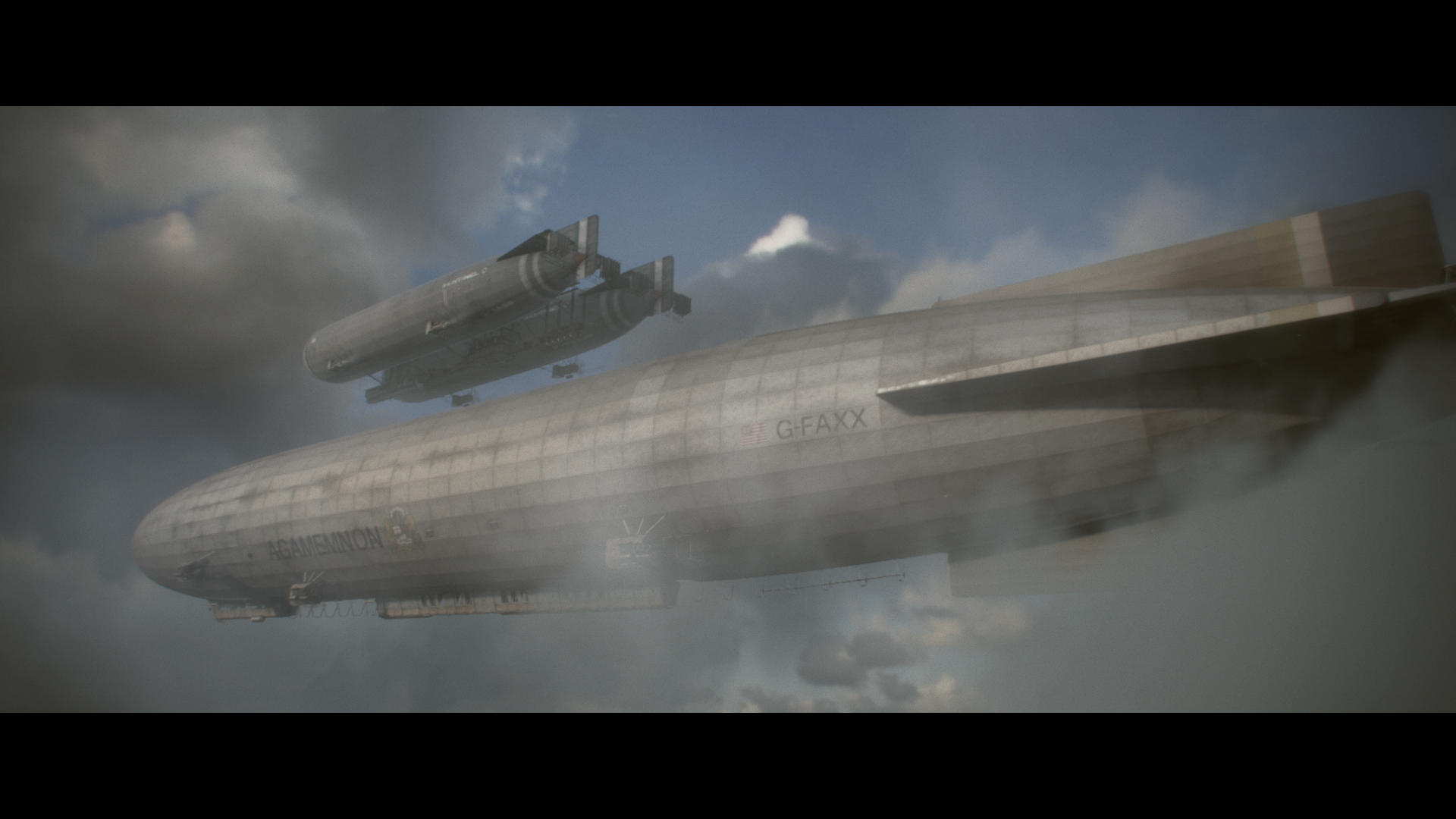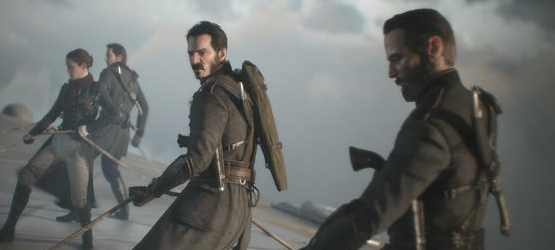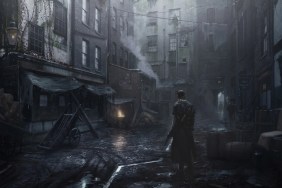Video games are a relatively young form of entertainment compared to many others, yet they have so massively evolved from the days of being blips on a screen or text based adventures. We are given grand cinematic adventures on the scale of great films, but we have the option to interact with the characters and the world. At the PlayStation Experience in Las Vegas this last weekend, I was given the opportunity to get some hands-on time with The Order: 1886, and it is rich with the qualities that gamers may be looking for in a deep and interactive cinematic experience.
Weaving Cinema and Gameplay
As the demonstration started, Galahad and his team are perched on top of a blimp, ropes in hand, getting ready to rappel to the deck below. When they were through talking to one another, I waited for the scene to have some change to indicate that it was time to play the game. It didn’t. The only indication that I was given to begin moving was a prompt that eventually showed on the screen to move down the blimp using the left stick. This trend repeated itself numerous times, with what I normally knew as cutscenes blending seamlessly between the gameplay. Camera angles and scene composition keep every scenario feeling like a scene from a movie rather than a standard video game.
The first large focus inside the blimp was on a stealth segment to ultimately seize control of the airship. The gameplay is relatively standard for third-person shooter games, with the ability to crouch and cover against walls, as well as stealthily kill your enemies. The cockpit area required some QTEs to take out the pilot and guards, with an interesting deviation requiring getting a target over a certain point before pressing the button. While it’s not going to change the face of QTEs, it offered a bit more in terms of interactivity than your standard “hit each button as it appears” quick time event.
Most things that I did required some form of interactivity. Taking out some electric panels required using a device where I needed to lock mercury in place by holding down L3 and R3 at the proper times. Lock picking saw me finding the shear point for each pin to open the door. No, these elements aren’t new to games at all, but they provide a feeling of interaction with the world that is felt in nearly everything that I did. The Order seeks to make the player a part of everything, weaving cinema and gameplay in an extremely satisfying way that keeps both the action and the narrative flowing.
By the Weight of My Gun
Finally getting my hands on a gun, I got to try out the shooting mechanics. From a sniping section in which I had to mark targets to take out silently, to the all out open multi-level gunfight, to running through a kitchen area and scrambling for cover, each bit of the gunplay felt fun. Nowhere did I feel too overwhelmed, yet at the same time, the difficulty was pressing enough that I couldn’t simply blast my way through everything. Enemy AI reacted realistically, scrambling for cover themselves when I would start shooting, laying down covering fire for each other, and rushing me when they saw an opening. It was a refreshing feel for a third person shooter, and I hope that the full game can carry the same weight and urgency within each battle that this sequence held for me.
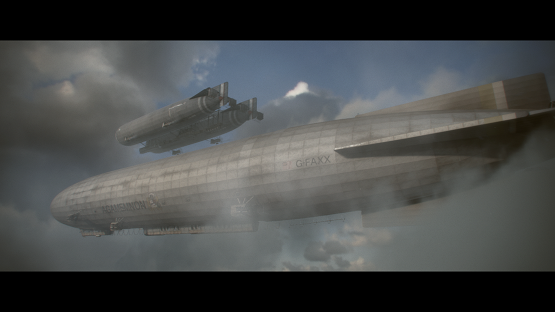
The preview contained a few emotionally charged scenes and the graphics incredibly convey the sense of urgency and emotion in the story. The characters are far from lifeless and harbor personality that is etched deep into each of their faces. I was extremely impressed by the facial and full body character animations, and even more so because of the seamless nature of the cutscenes and gameplay. In fact, if this becomes the new standard, I don’t think we’ll be able to call them cutscenes anymore. Interactive cinematic narrative, perhaps?
Linearity is Not a Bad Thing
So I know everyone is thinking it, and yes, the preview segment was very linear, but I don’t personally find that to be a bad thing. Linear cinematic and narrative experiences have their place within games that same that that open world or point-and-click adventures (or a variety of other genres) do. The Order: 1886 has never claimed to be an open game, so the linearity and focus on chronology and story timing is not a bad thing. It offers a streamlined game that flows smoothly from one part to the next, furnishing player interaction with every step of the narrative. If what I’ve played of The Order holds up into its final release, then I can see it being a must-play title for PS4 owners next year, both for the deep story and ridiculously fun interactivity.
Stay tuned to PlayStation LifeStyle for more preview coverage from the PlayStation Experience.
The Order 1886 PSX Preview
-
The Order: 1886 Preview
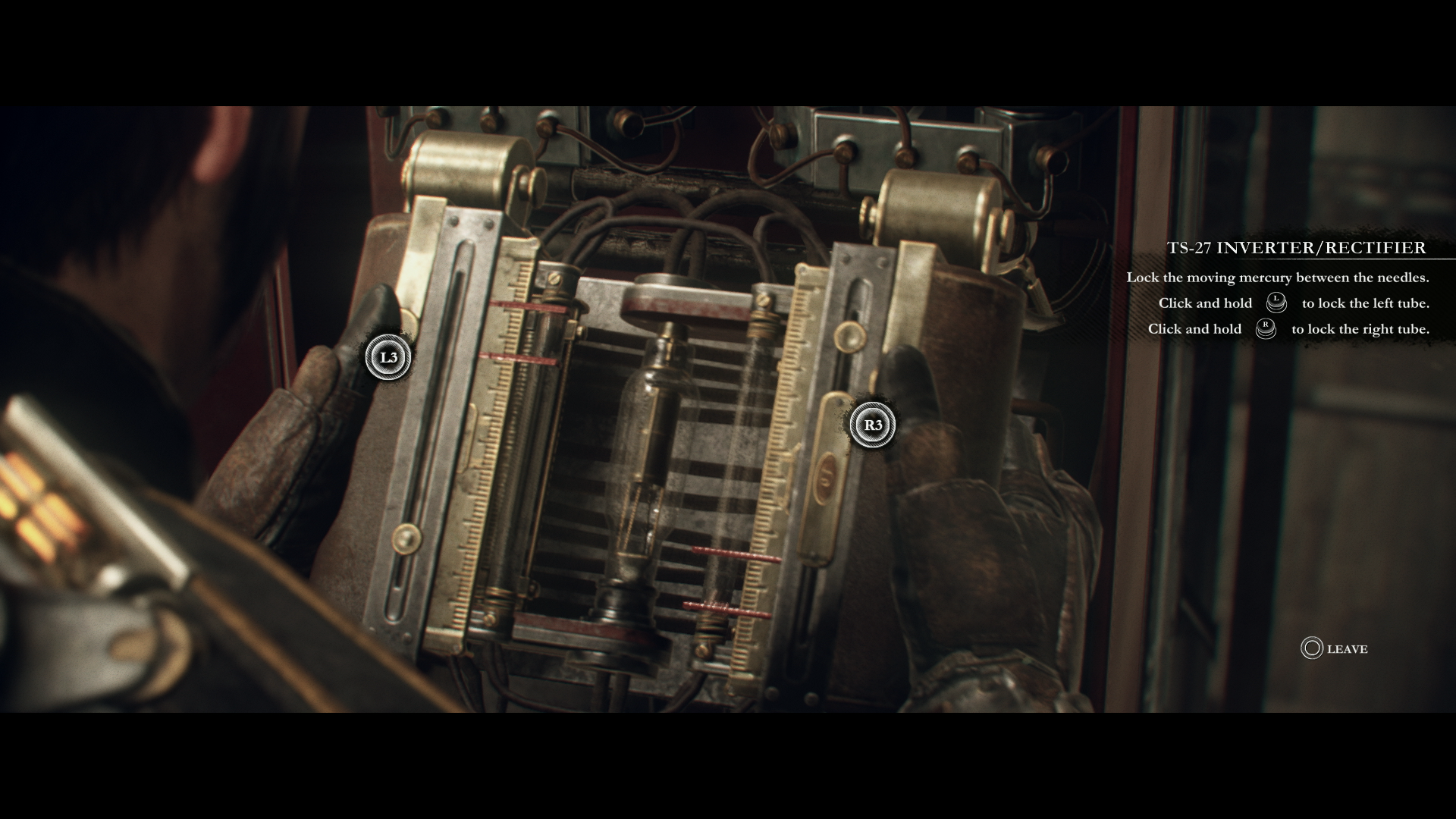
-
The Order: 1886 Preview
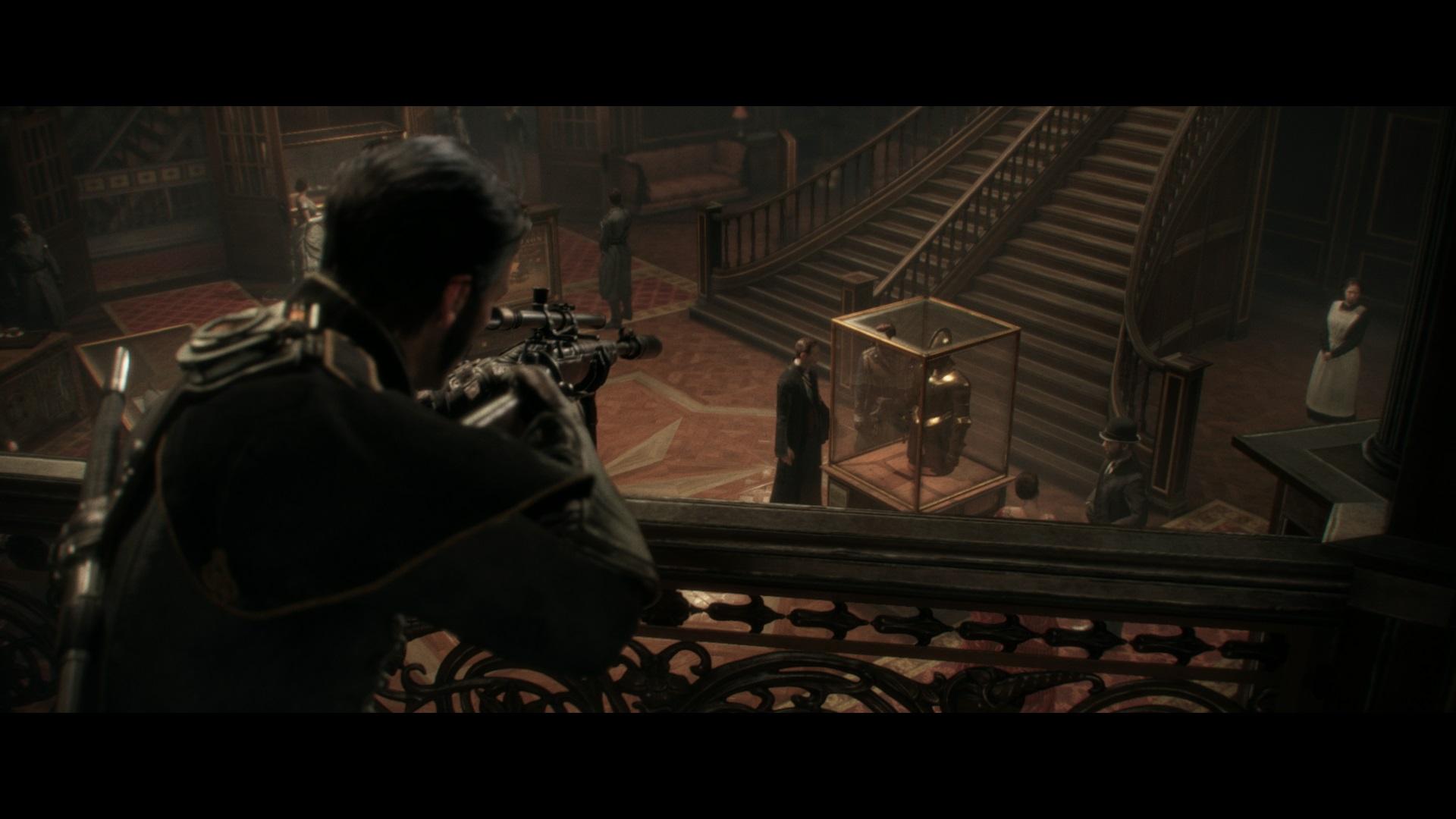
-
The Order: 1886 Preview
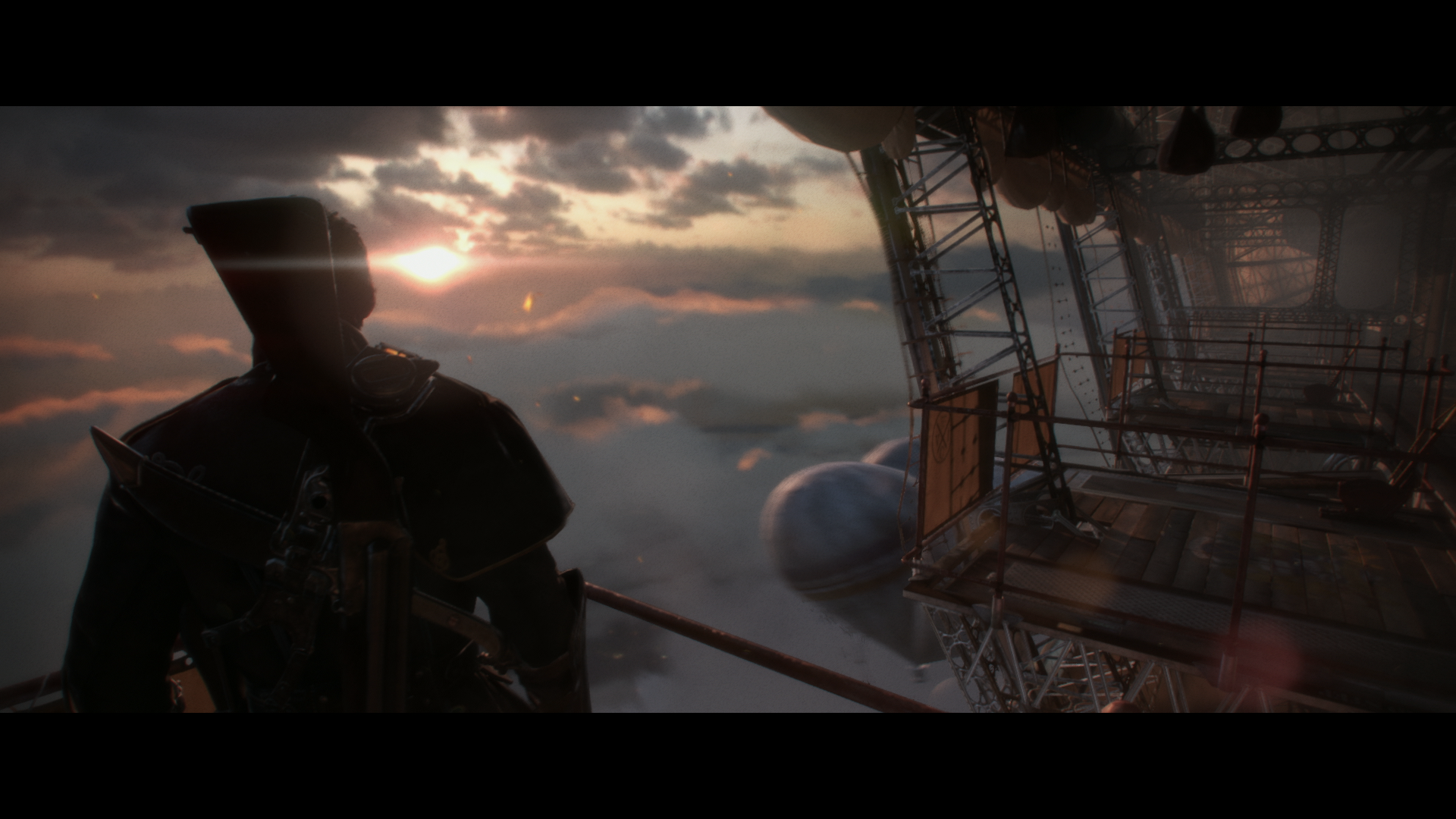
-
The Order: 1886 Preview
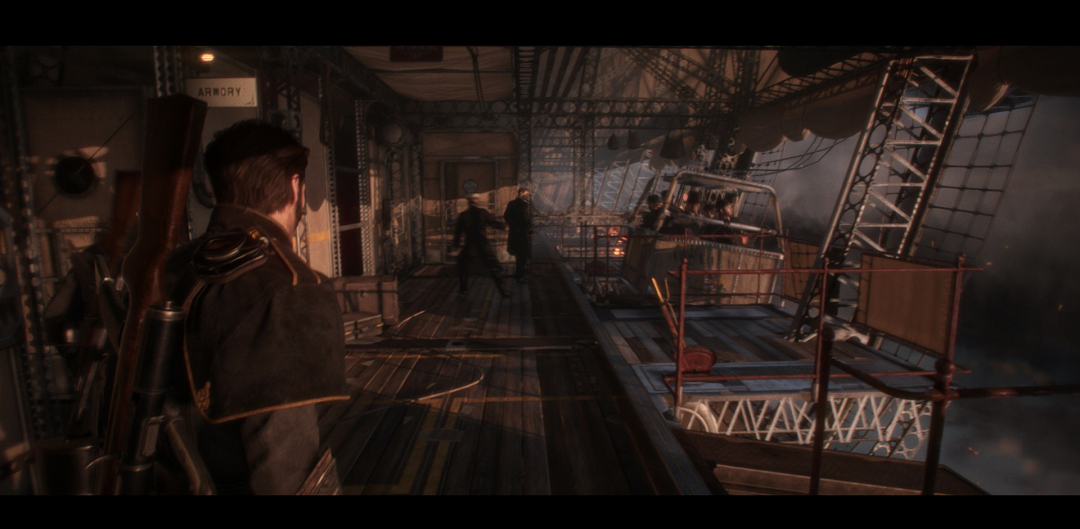
-
The Order: 1886 Preview
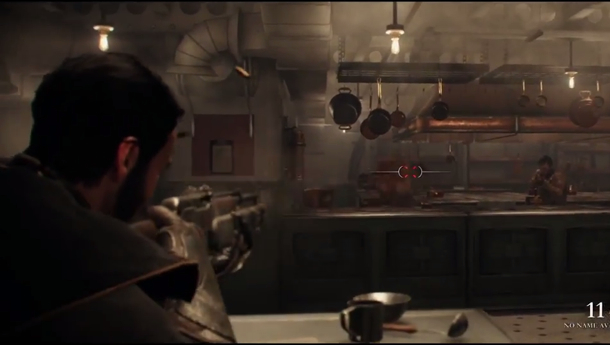
-
The Order: 1886 Preview
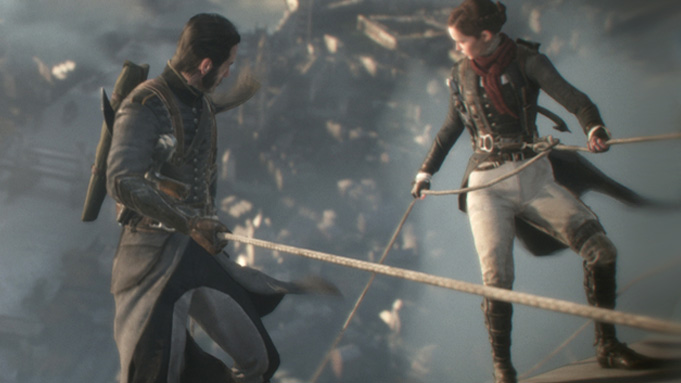
-
The Order: 1886 Preview
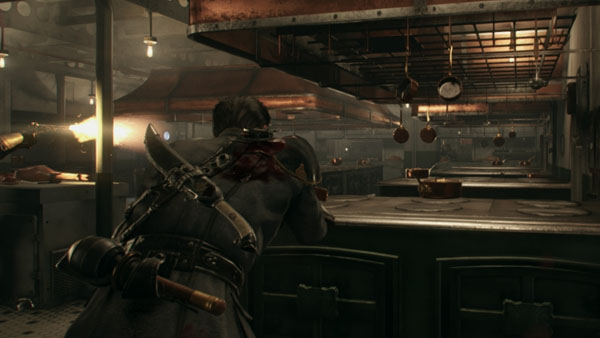
-
The Order: 1886 Preview
